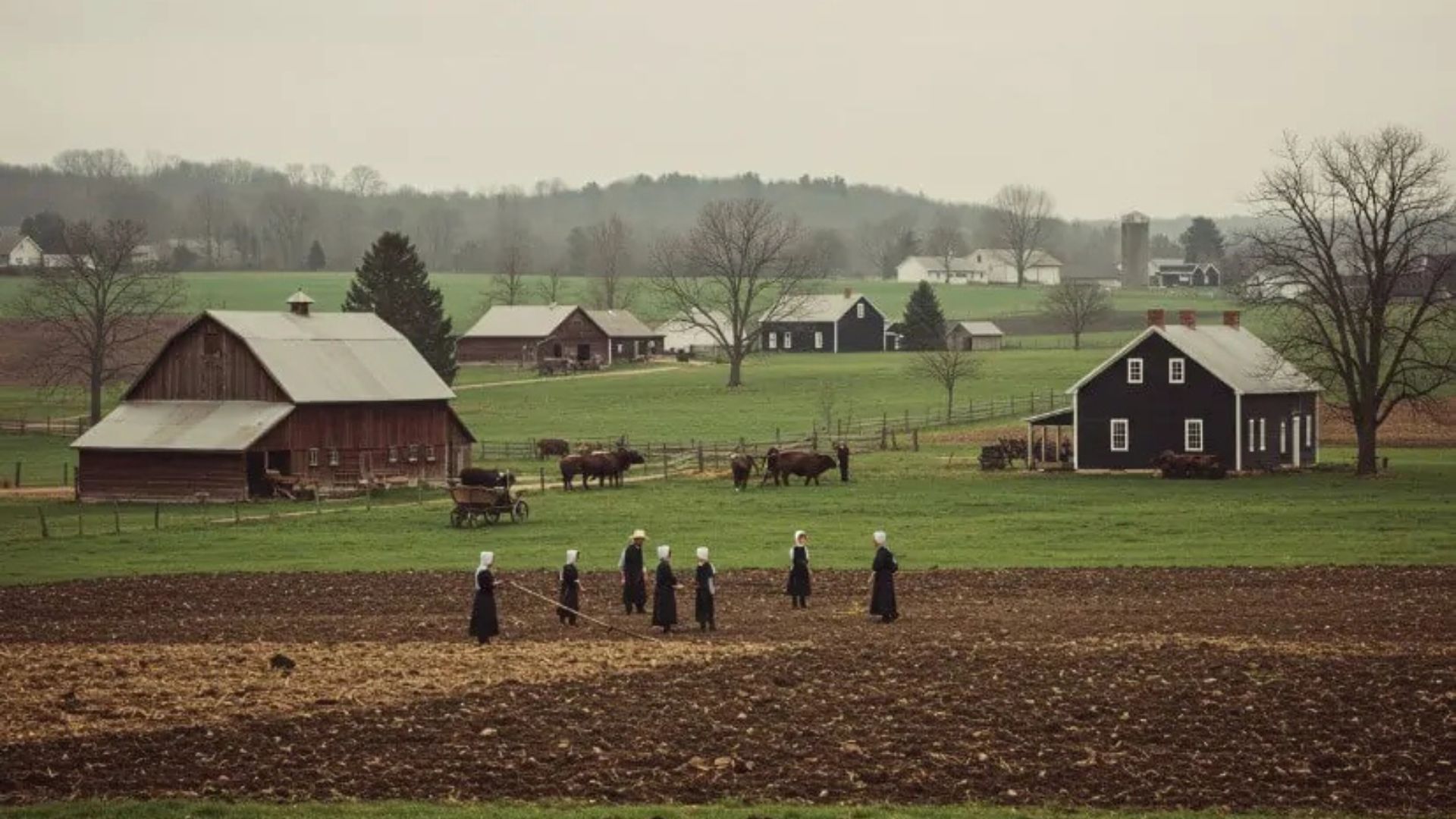Top Amish Settlements in History
The Amish are known for their deep-rooted traditions, strong faith, and simple way of life. Their settlements across America tell the story of endurance, unity, and devotion. Understanding the top Amish settlements in history offers insight into how their communities have grown while staying true to their beliefs.
The Beginning of Amish Settlements
The first Amish groups migrated from Europe to North America in the early 1700s. Seeking religious freedom, they established small, self-sufficient farming communities where they could live according to their faith without outside interference. These early settlements laid the foundation for what would become some of the most significant Amish communities in history.
Key Historical Facts
-
The Amish originated from the Anabaptist movement in Switzerland and Germany.
-
Their leader, Jakob Ammann, emphasized simple living, humility, and separation from modern society.
-
Migration began around 1720, mainly to Pennsylvania, where they found religious tolerance and fertile land.
Lancaster County, Pennsylvania
Lancaster County is the most famous Amish settlement and one of the earliest in America. Founded in the 1720s, it remains the largest Amish community today.
Why Lancaster Stands Out
-
It represents the core of Amish faith and culture in America.
-
The community balances tradition with limited adaptation to modern life.
-
Tourists can explore Amish farms, markets, and crafts that preserve centuries-old practices.
Lancaster’s historical and cultural significance makes it the heart of Amish heritage and a must-visit for anyone interested in Amish history.

Holmes County, Ohio
Holmes County emerged in the early 1800s as Amish families moved west in search of more farmland. It has become the second-largest Amish settlement in the world and is known for its variety of Amish affiliations and traditions.
Historical Importance
-
Founded around 1808 as families sought fertile farmland and new opportunities.
-
It reflects how Amish groups adapted to new environments while preserving their faith.
-
Holmes County remains a cultural and economic hub of Amish life in Ohio.
This settlement showcases how Amish communities expanded beyond Pennsylvania while maintaining unity through shared beliefs.
Elkhart and LaGrange Counties, Indiana
These Indiana counties represent one of the most thriving Amish settlements, established in the mid-1800s. They are known for strong craftsmanship, agriculture, and horse-drawn buggy traditions.
Highlights of the Indiana Settlement
-
Founded by Amish families migrating from Pennsylvania and Ohio.
-
Known for furniture-making and traditional farming methods.
-
A center for Amish education and religious gatherings.
Elkhart and LaGrange demonstrate how Amish faith adapted to the growing industrial world while remaining distinct and deeply spiritual.
Geauga County, Ohio
Geauga County is another key Amish settlement that developed in the early 1800s. Its communities are smaller and more conservative, emphasizing traditional farming and limited interaction with outsiders.
Why It’s Significant
-
Founded by Amish families seeking simpler, more isolated living conditions.
-
Maintains traditional practices with minimal modern influence.
-
Preserves strong family and community ties rooted in faith.
Geauga’s quiet, faith-driven lifestyle represents the Amish commitment to humility and simplicity.
Arthur, Illinois
Arthur, Illinois, is the oldest and largest Amish settlement in the state. Founded in the 1860s, it remains a strong example of how Amish communities took root across the Midwest.
Historical Features
-
Established by settlers from Pennsylvania and Ohio.
-
Known for its agriculture, craftsmanship, and small-town hospitality.
-
Plays a key role in preserving Amish culture in the region.
Arthur stands as a testament to how Amish settlements spread and flourished while maintaining their religious identity.
Conclusion
The top Amish settlements in history—Lancaster County, Holmes County, Elkhart and LaGrange Counties, Geauga County, and Arthur, Illinois—represent the enduring strength of Amish faith and community. Each settlement tells a story of migration, perseverance, and devotion to traditional values. By exploring these historic communities, one can better understand how the Amish have remained steadfast in their beliefs while adapting to new lands. The top Amish settlements in history continue to inspire those who seek simplicity, faith, and purpose in everyday life.



